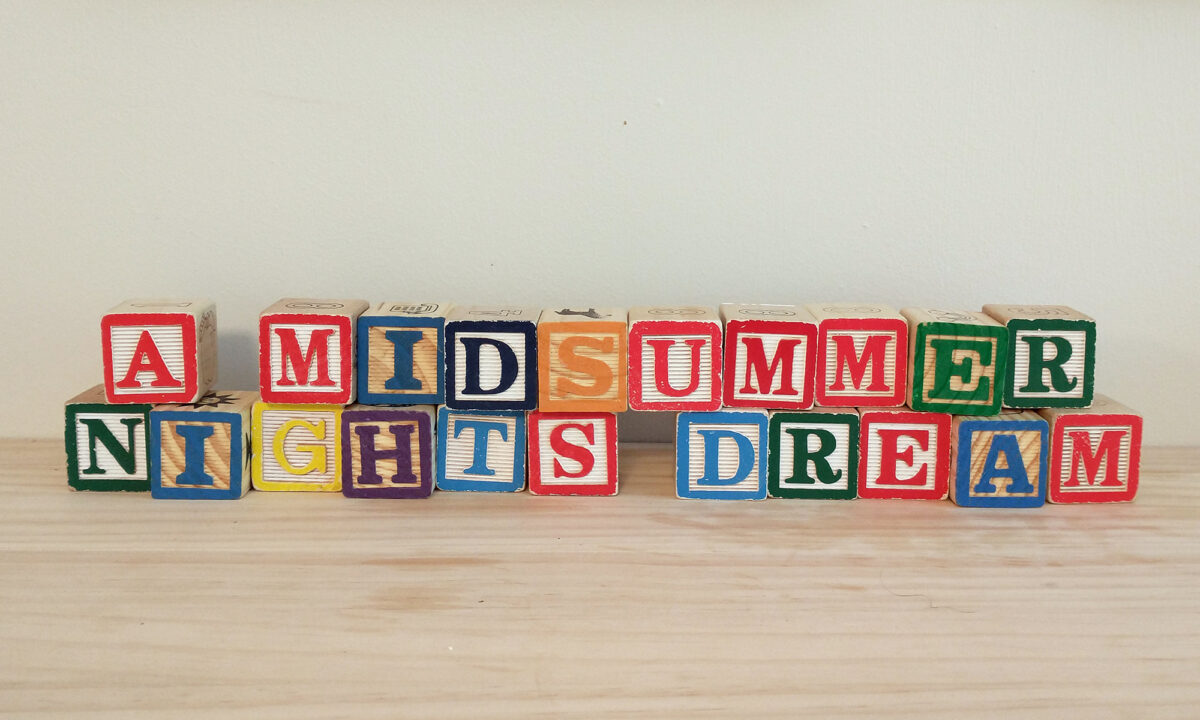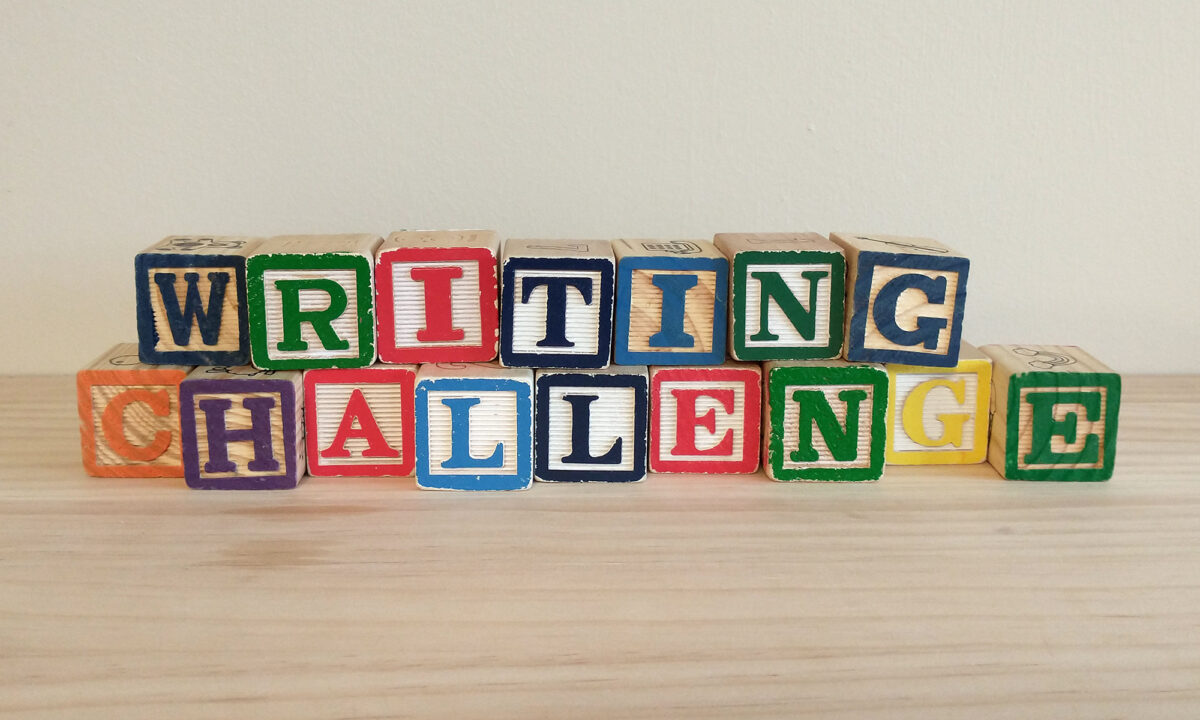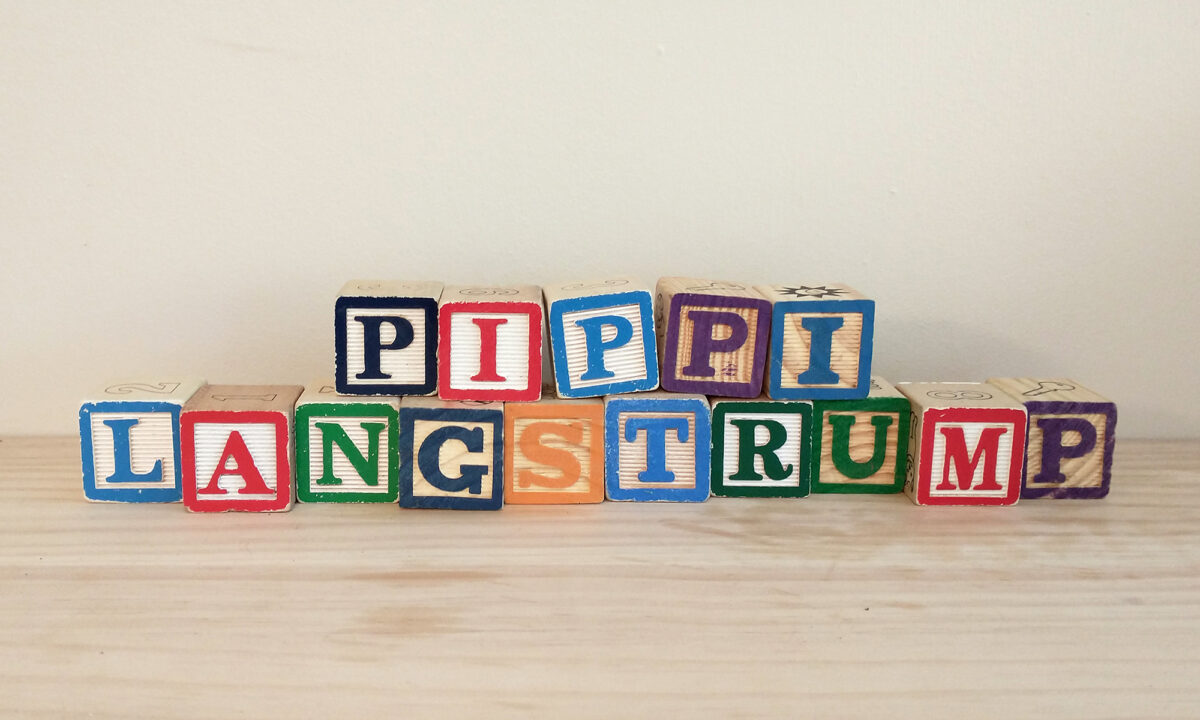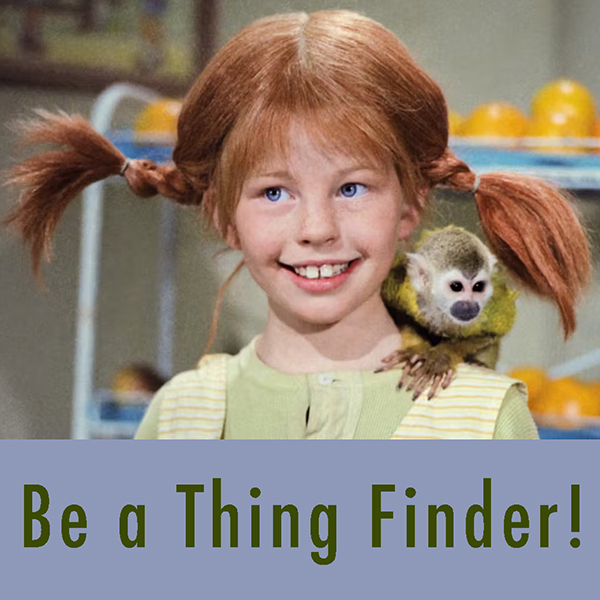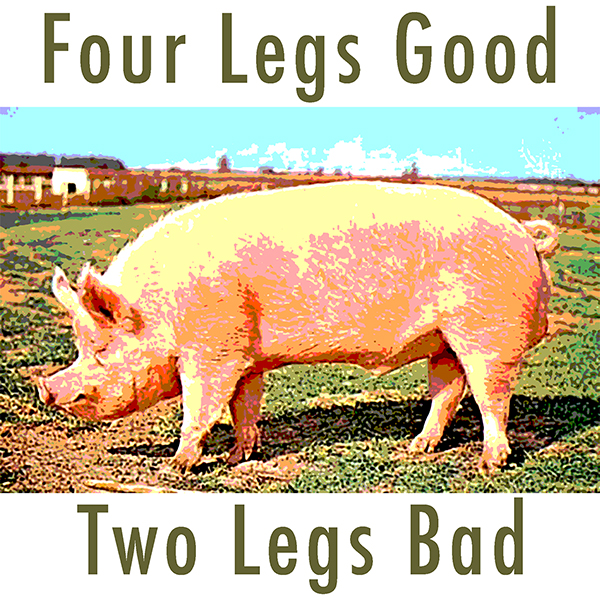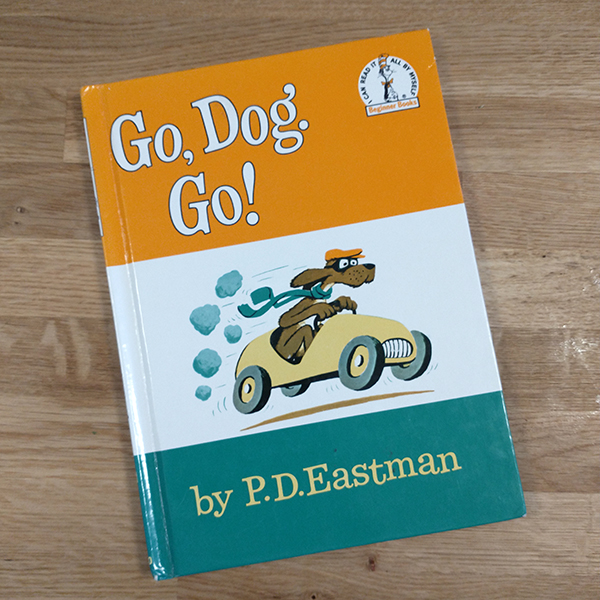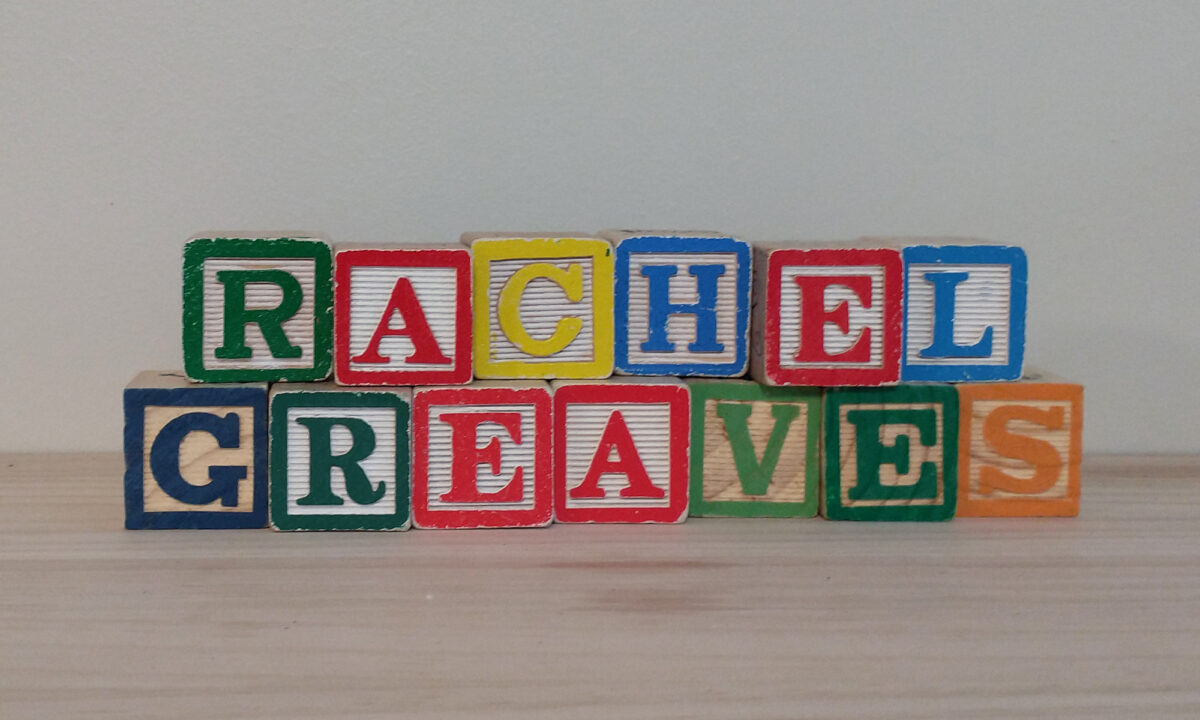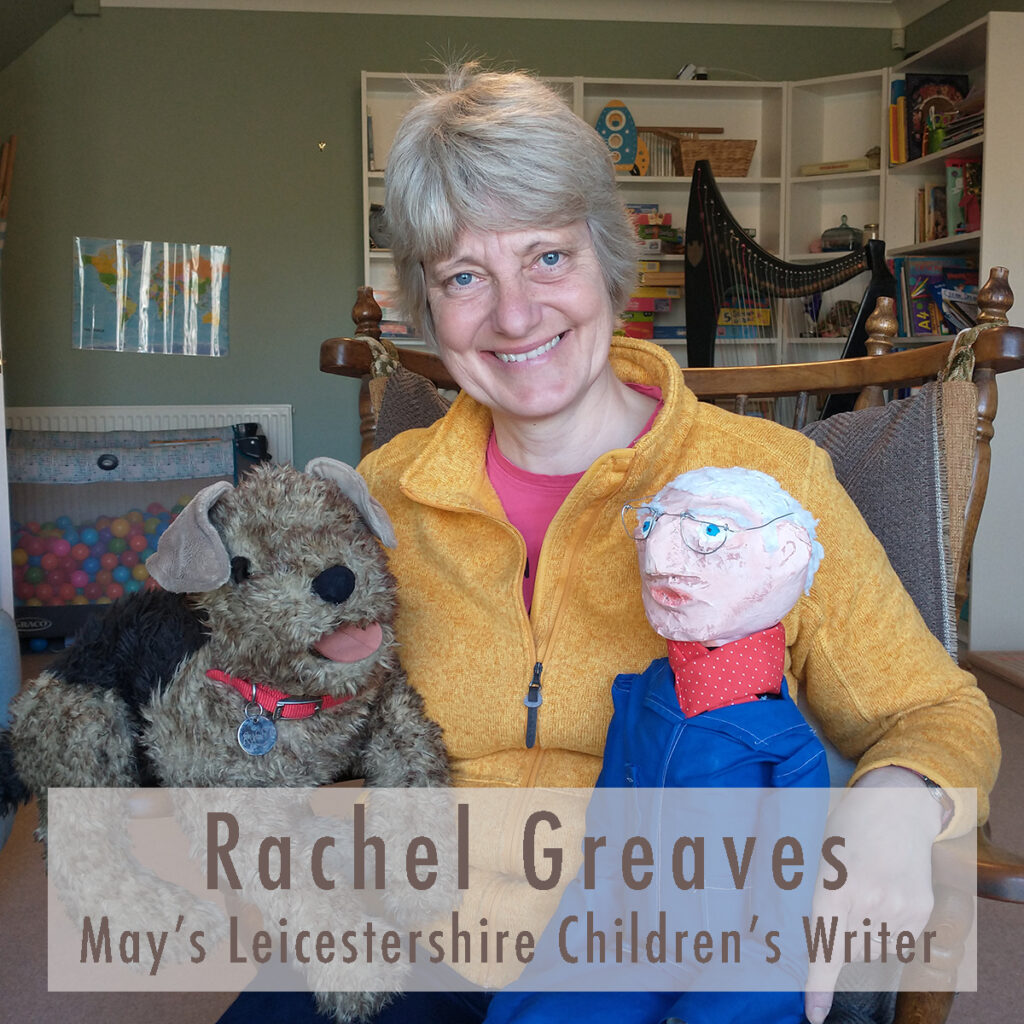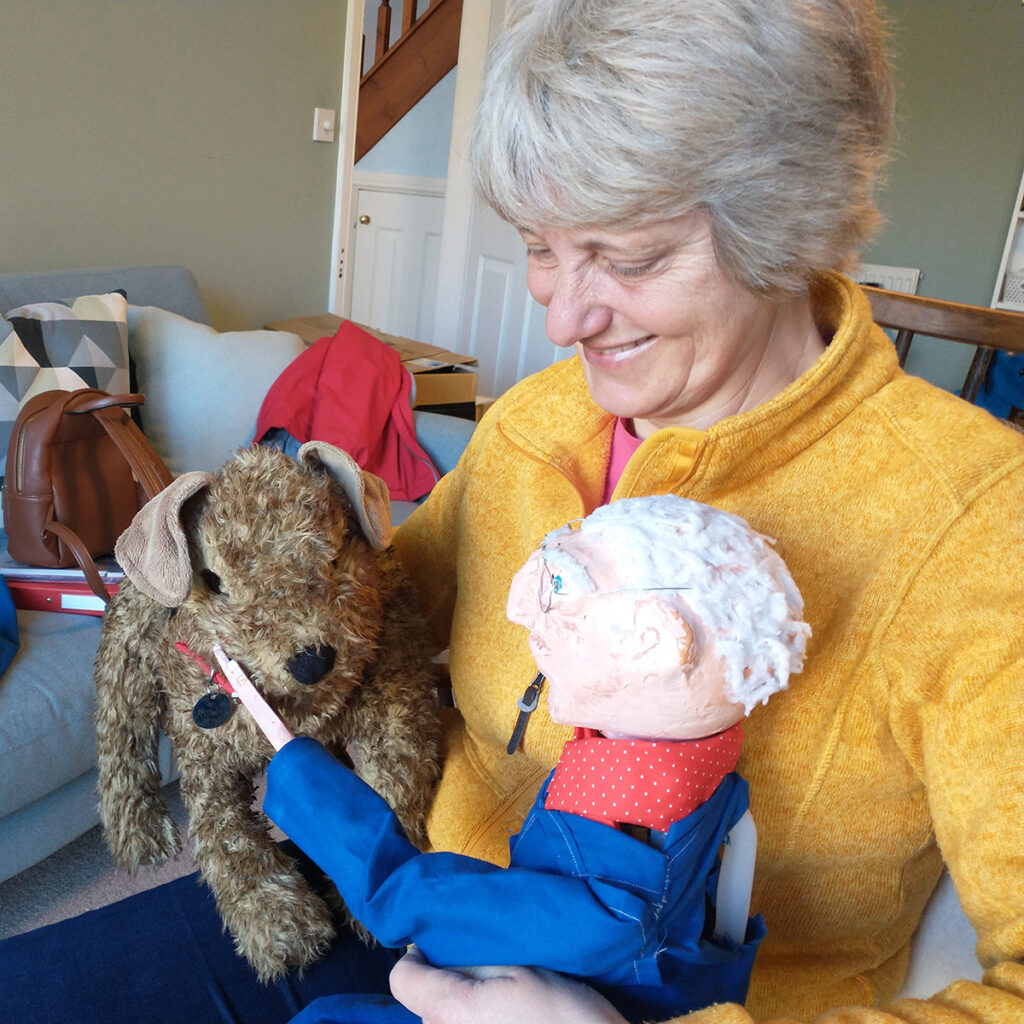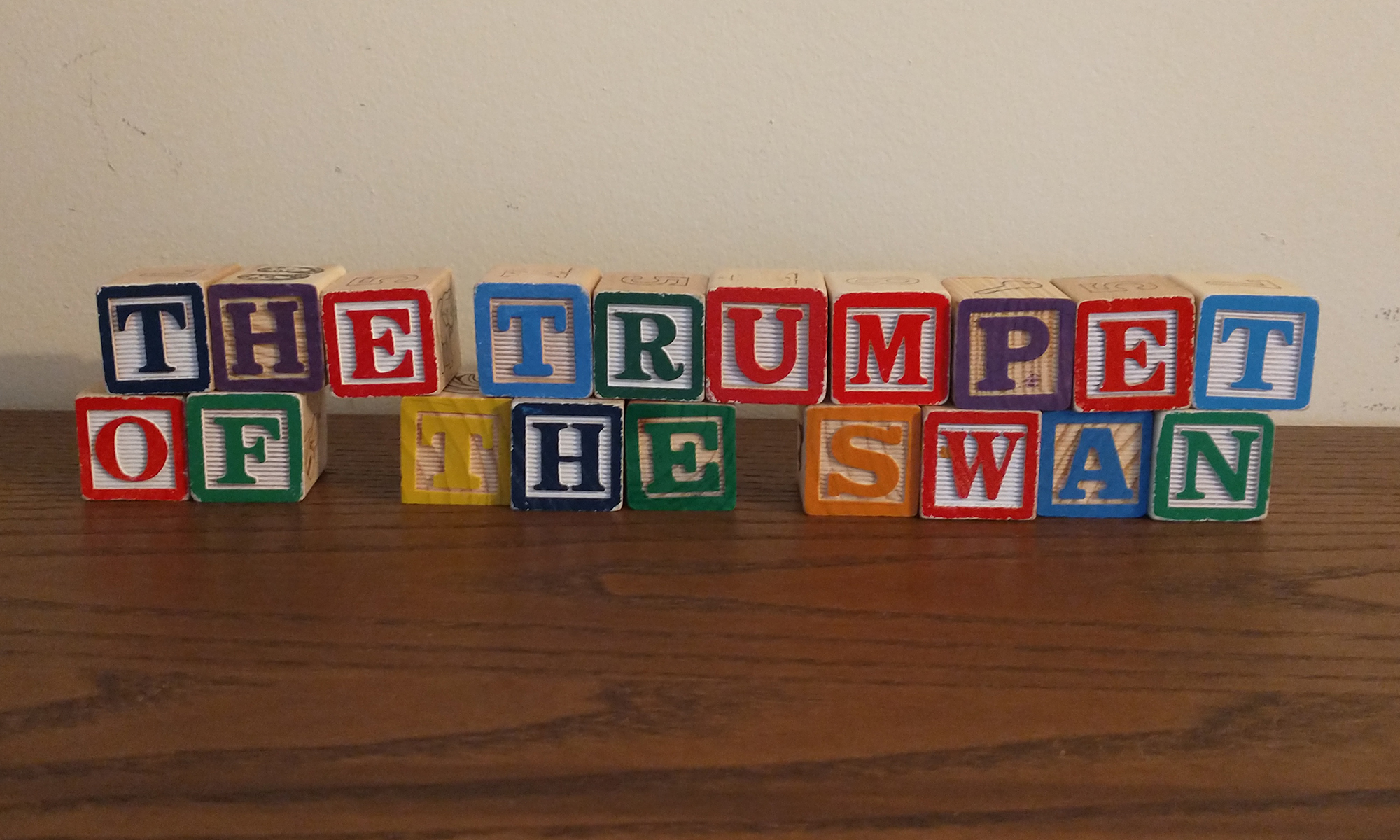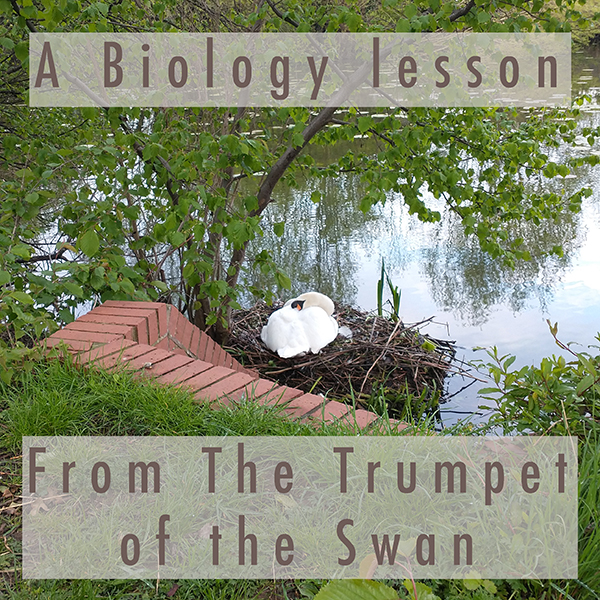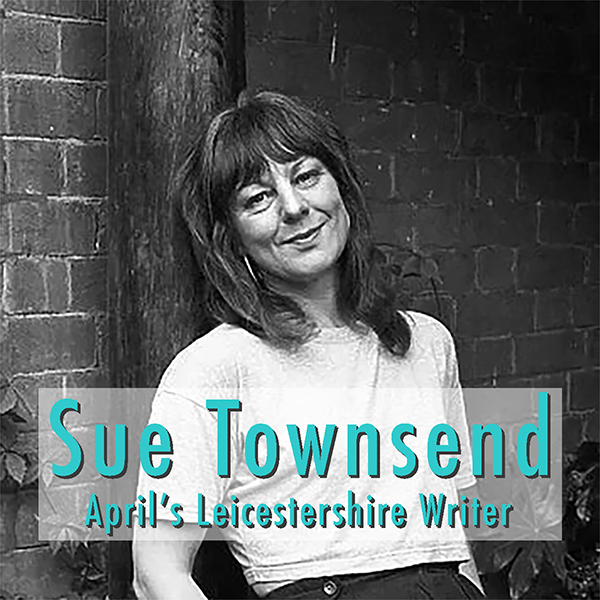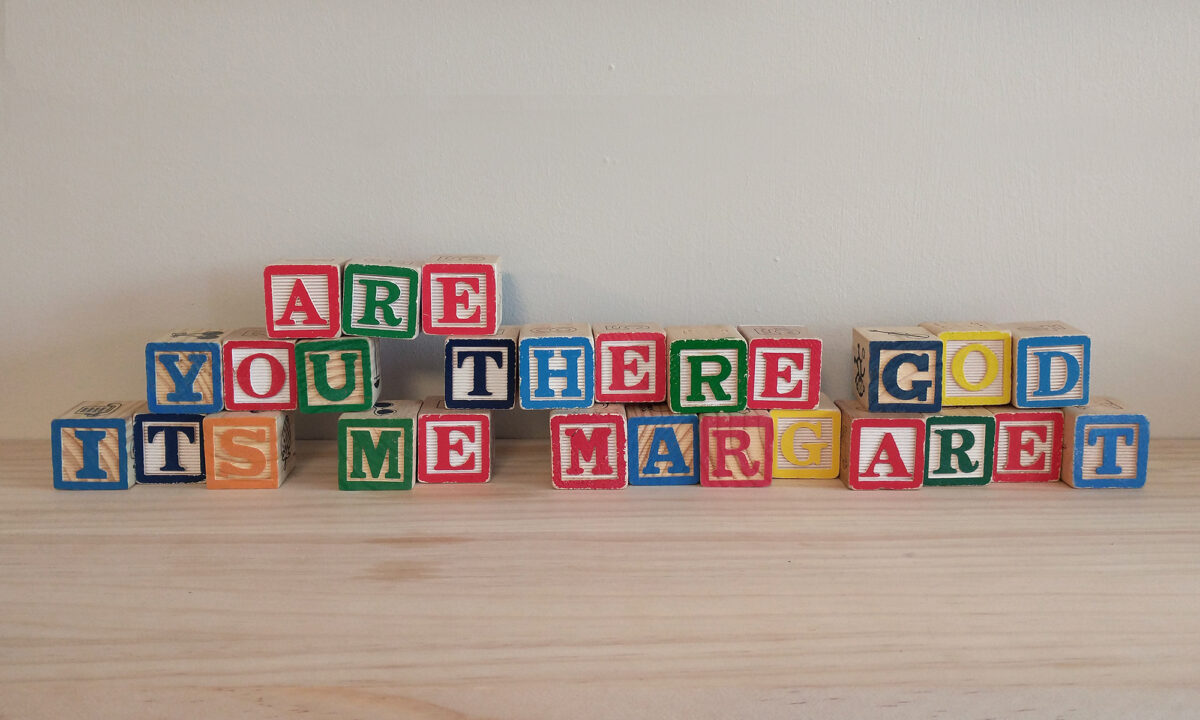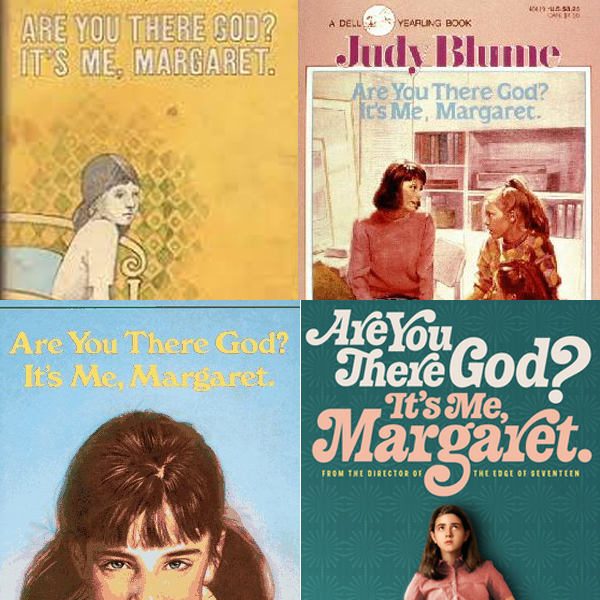Shakespeare isn’t really for kids. But some of the comedies, such as A Midsummer Night’s Dream, offer the perfect first introduction to the world’s greatest playwright. The play within a play about Pyramus and Thisbe in Act V can be lifted out and performed on its own as a fun, easy to understand first experience with Shakespeare. Here’s an abridged script for Act V that can be used to create a show for children, or even better — one put on by children!
Download the script here:

A Midsummer Night’s Dream, Act 5 (Abridged)
Also on this show, I mentioned some upcoming events for Tom the Tale Teller, who was last week’s guest along with his daughter Emmy. He will be performing at the Cheltenham Literature Festival in October, and on Sunday, July 2 he will be telling stories in the town of Leek at their annual festival celebrating the story of Sir Gawain and the Green Knight.
Activity: The Play’s the Thing!
Using the script for Shakespeare’s comic interpretation of Pyramus and Thisbe, have students put on a show! It is not necessary to memorize lines or have elaborate props, sets, or costumes. If it is appropriate to the age level, before rehearsals begin, provide background on the story of Pyramus and Thisbe as an ancient legend which would have been understood as a serious, somber tragic tale in Shakespeare’s day.
Activity: Comedic and Tragic Interpretations
Shakespeare probably wrote Romeo and Juliet and A Midsummer Night’s Dream in 1595, and both plays were produced and published very close together. Both plays draw on the story of “Pyramus and Thisbe,” an ancient tale which was first published in Ovid’s Metamorphoses. Both plays feature the story of a boy and a girl who fall in love despite the fact that their families are enemies. But one is treated with complete seriousness, and the other is meant to be a comic disaster.
Have students read the original story of “Pyramus and Thisbe” as well as a summary of Romeo and Juliet and the rustics’ performance in Act V of A Midsummer Night’s Dream. In a class discussion or as a written essay, have students reflect on how the same story can be interpreted so differently.

